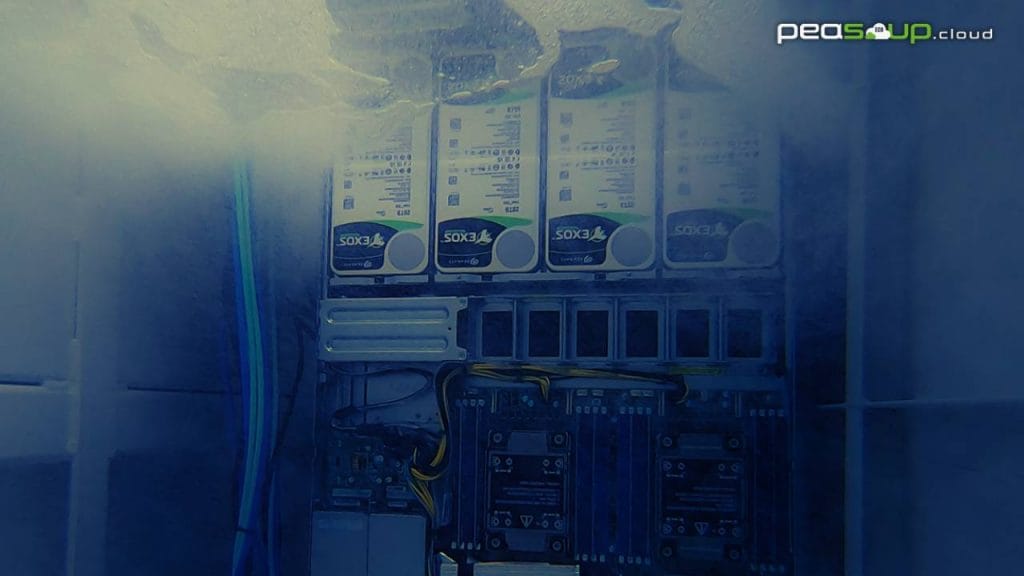Why Single-Phase Immersion Cooling is Set to Take Over Data Centres
Why Single-Phase Immersion Cooling is Set to Take Over Data Centres?
The way we cool data centres is changing, and single-phase immersion cooling is at the forefront of this transformation. As the demand for high-performance computing, AI, and cloud services skyrockets, traditional air-cooling methods are struggling to keep up.
Enter single-phase immersion cooling—a solution that’s not only more efficient but also more sustainable and cost-effective in the long run.
Why Traditional Cooling is Failing
Data centres have relied on air cooling for decades, but as power densities increase, air cooling is becoming inefficient and expensive. Higher temperatures mean more energy is needed to keep servers within safe operating limits, leading to increased carbon emissions and rising costs. Liquid cooling, particularly single-phase immersion cooling, offers a smarter way forward.
How Single-Phase Immersion Cooling Works?
In single-phase immersion cooling, servers are fully submerged in a non-conductive dielectric fluid that efficiently transfers heat away from components. Unlike two-phase immersion cooling, where the fluid changes state (boils and condenses), single-phase cooling keeps the fluid in its liquid state, making it simpler, safer, and easier to manage.
The Benefits That Make It Great
- Energy Efficiency – Eliminates the need for energy-hungry air conditioning and fans, cutting power consumption significantly.
- Increased Hardware Lifespan – Components operate at a stable, lower temperature, reducing wear and tear.
- Sustainability – Uses less power and water, supporting net-zero and ESG goals.
- Density & Performance – Enables more powerful computing in smaller spaces without overheating issues.
- Lower Maintenance – No more clogged air filters or fan failures—just quiet, efficient cooling.
Why Adoption is Growing Rapidly
Single-phase immersion cooling is no longer just a niche solution. Hyperscalers, cloud providers, and enterprises pushing AI workloads are realising that immersion cooling is the way forward. As regulatory pressures increase and energy costs continue to rise, more companies are looking at immersion cooling as a long-term investment rather than an experimental technology.
Challenges and What Needs to Happen Next
Despite its advantages, widespread adoption still faces a few hurdles:
- Industry Standardisation – More guidelines and certifications are needed to drive confidence in immersion cooling solutions.
- Retrofitting Challenges – While new data centres can be designed with immersion cooling in mind, existing facilities require modifications.
- Market Education – Many IT professionals are still unfamiliar with immersion cooling and how to implement it effectively.
Final Thoughts
The shift to single-phase immersion cooling isn’t just a possibility—it’s already happening. As data centres evolve to handle increasing workloads while reducing environmental impact, immersion cooling will become the new norm. Those who adopt it early will not only gain operational advantages but also stay ahead in the race for greener, more efficient computing.
At PeaSoup, we’ve been ahead of the curve, deploying immersion-cooled infrastructure to support cloud services without compromising on performance or sustainability.
The future is liquid – join the revolution!

